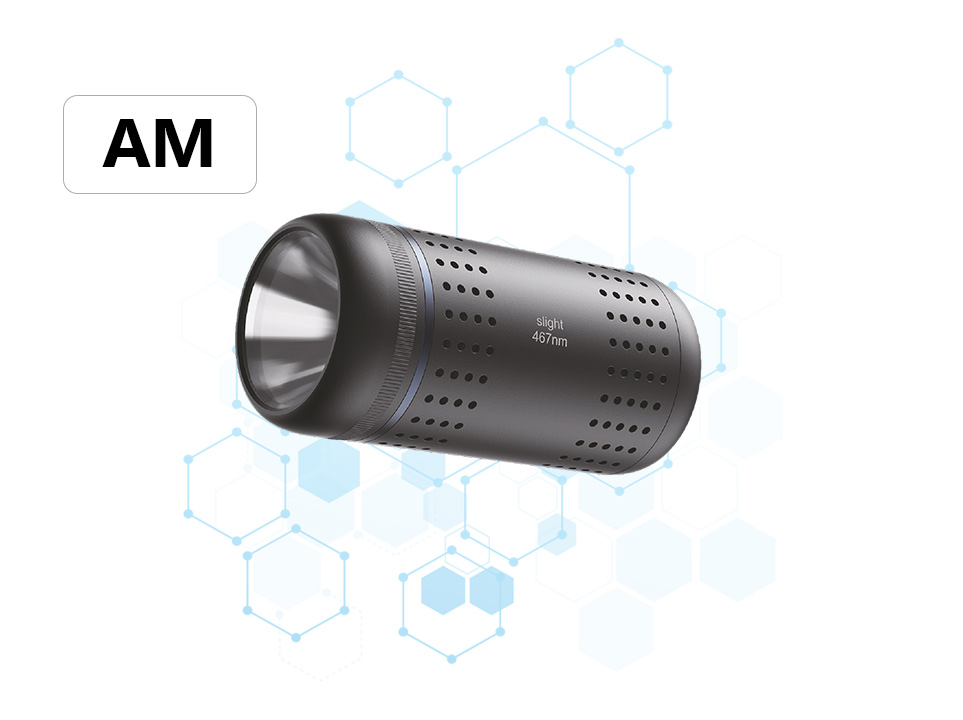Working Principle and Characteristics of Continuous Reactors
Working Principle
A continuous reactor is a type of equipment that enables reaction materials to continuously flow into and out of the reaction system. Taking the common Continuous Stirred-Tank Reactor (CSTR) as an example, reaction materials enter the reactor at a constant flow rate. Inside the reactor, a stirring device thoroughly mixes the materials, ensuring uniform temperature, concentration, and other conditions, so that the reaction can proceed continuously under the set conditions. The reacted products also flow out of the reactor at the same flow rate, thus achieving continuous operation of the reaction throughout the process. In a tubular continuous reactor, materials react while flowing through the pipeline. By controlling parameters such as the flow rate of the materials, the size of the pipeline, and the temperature, the reaction time and conditions can be adjusted, allowing the reaction to proceed continuously along the pipeline, with products continuously flowing out from the end of the pipeline.
Characteristics
High production capacity: It can operate stably for a long time and is suitable for large-scale continuous production, enabling high output.
Stable product quality: Since reaction conditions such as temperature, pressure, and concentration can be kept relatively constant, the product quality is uniform and has little fluctuation.
Convenient for automated control: Various sensors and control systems can be easily installed to achieve precise monitoring and adjustment of the reaction process, improving production efficiency and safety.
Low operating costs: It reduces material losses and equipment wear caused by frequent start-ups and shutdowns, lowering energy consumption and labor costs. However, its equipment investment is relatively high, and it has strict requirements on the purity of raw materials and the control of reaction conditions.






